DUST EXTRACTION SYSTEM
ENVIROCON’s Dust Extraction System enhances the working environment by eliminating dust, smoke, and fume hazards from the working facilities. It ensures a cleaner, healthier workplace and improves operational efficiency.
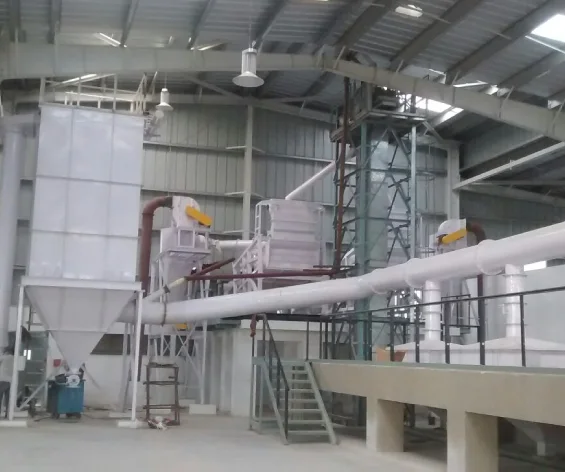
BREATHE EASY, WORK SAFELY
We are one of India’s leading manufacturers of air pollution control systems, dust collection systems and dust extraction systems. We are a prominent supplier of the dust extraction systems and dust control system to a wide range of industries. Our systems are efficient and are economical to operate.
- The dust collector is designed with the following parameters:
- Requested air volume and filter area
- Dust physical properties (abrasive, corrosive, explosive etc.)
- Application type (silo dedusting, local filtration, central dedusting)
- Rest dust manipulation method (rotary valve, dust container, back to silo or conveyor etc.)
- Temperature (ambient, product)
Technical Capabilities





Emission Efficiency - Below 50 mg/Nm3
- Polyester needle felt bags
- Pleated bags
- Ryton
- High-temperature glass-lined bags
- Cartridge bags
- Nomex
- Laminated bags
Type of Dust Extraction System
- Pulse Jet bag filter
- Cyclone Dust collector
- Packed bed Scrubber
- Venturi Scrubber
Industries that we serve are
- Wood and Furniture
- Cement and Tiles
- Power plants
- Iron & Steel
- Food and Dairy
- Sugar
- Paper
- Alcohol
- Chemical
- Carbon black
- Gold and Silver
- Pharmaceutical
- Automobile
- Plastic
- Textile
- Masala (Spice)
- Glass
- Detergents and Soap
- Tobacco
- Fertilizers and Pesticide
- Paint and Dye
- Cosmetics
- Metallurgical
- Oil & Gas
- Flour Mills
- Pan Masala
- Asbestos
- Polymers
- Tea and Coffee
- Electronics
- Beverage
- Cable
- Gypsum and Zinc
- Glass wool
- Leather and Handicrafts
- Chemical Godowns
Industries that we serve are
Industries We Serve
ENVIROCON believes in providing our customers with the best possible experience
We understand that your industrial operations require reliable and heavy-duty equipment to ensure seamless and efficient processes. As a leading Industrial Equipment, Systems and Turnkey Solutions provider, we offer top-quality services to meet your diverse needs, coupled with expert support and maintenance services to keep your operations running smoothly.
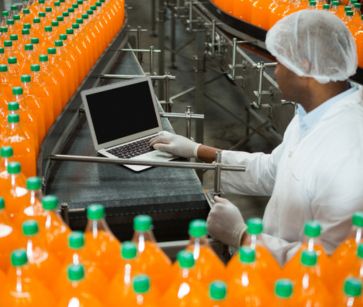
Food and Beverage
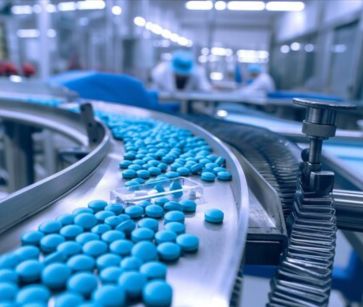
Pharmaceuticals
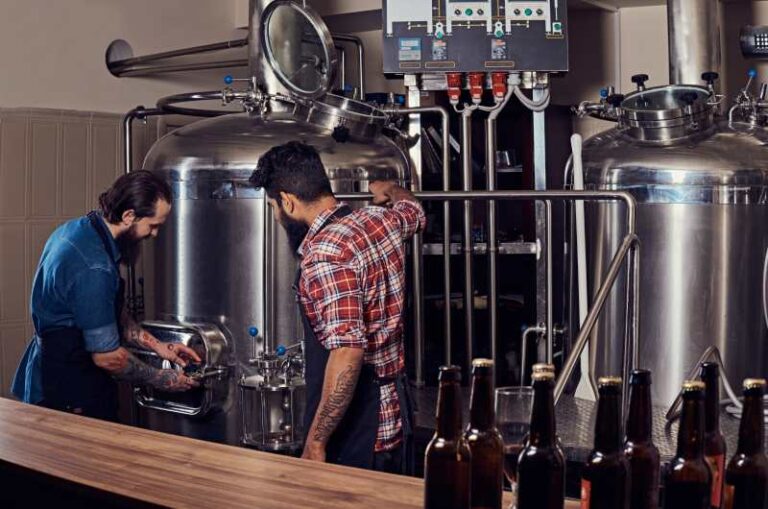
Chemicals

Plastics &Polymers
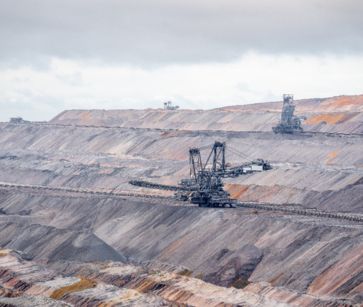
Minerals &Mining
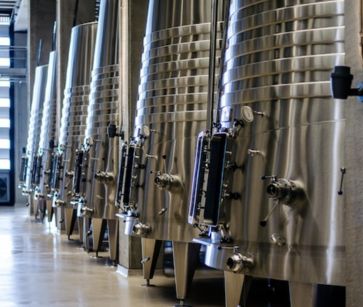
Brewery & Distilleries
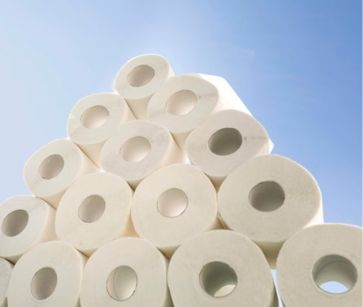
Pulp and paper
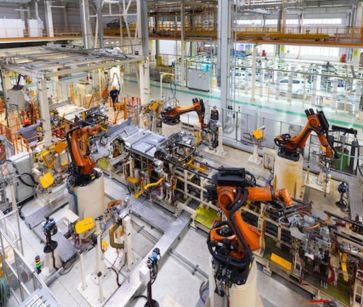
Manufacturing
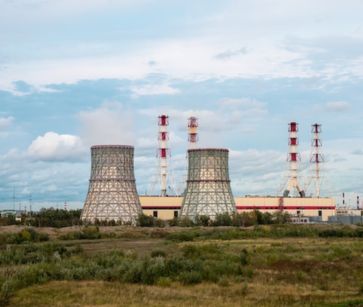
Power Generation

Petrochemical
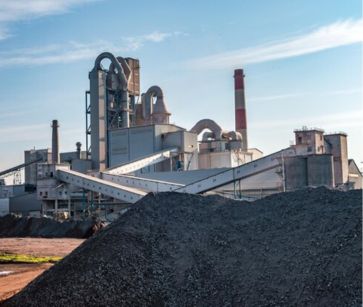
Cement
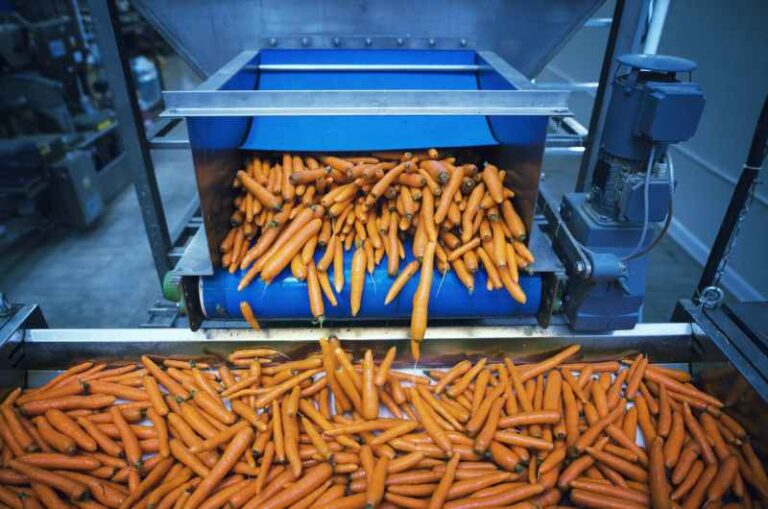
Agriculture
GALLERY
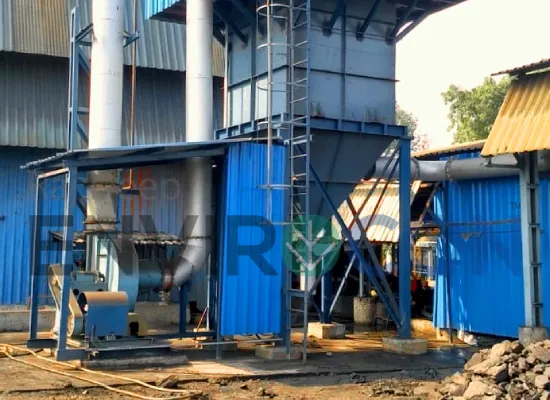
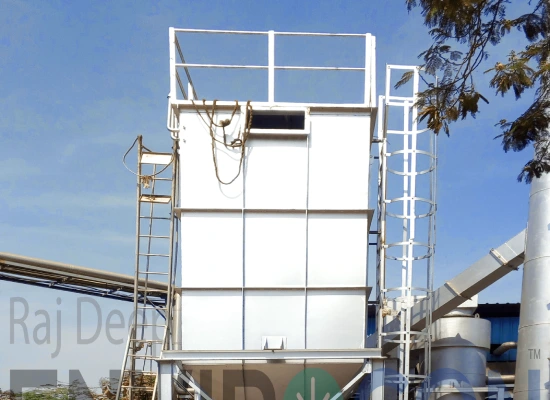
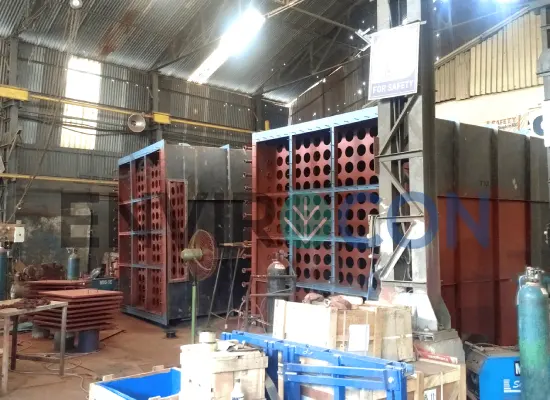
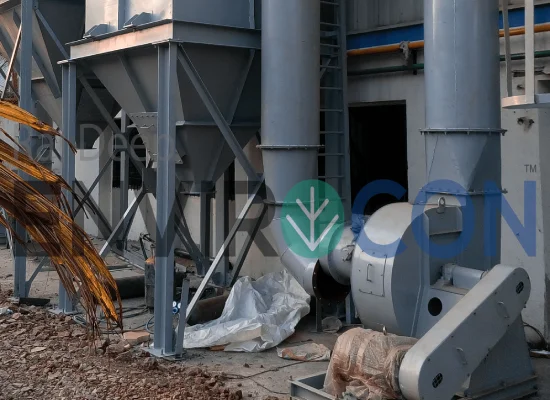

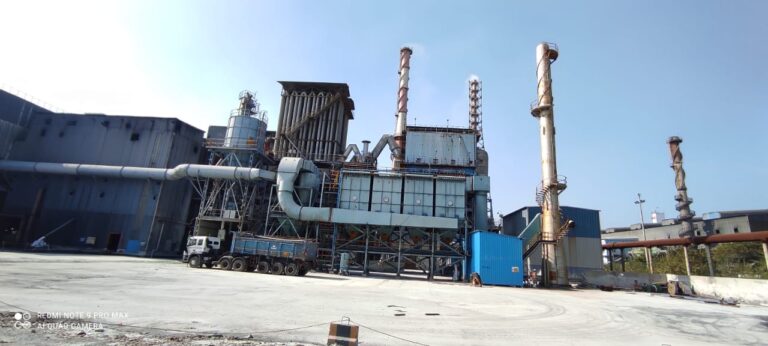
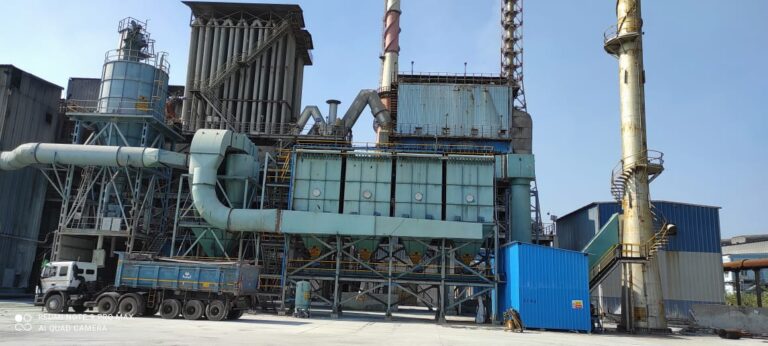
Dust Extraction System FAQ's
A dust collection system is an air quality improvement system used in various industries to improve breathable air quality and safety by removing particulate matter from the air and environment.
Dust collection systems work on the basic formula of capture, convey and collect.
First, the dust must be captured or extracted. This is accomplished with devices such as capture hoods to catch dust at its source of origin. Air with dust, generated during process or at storage silo, receiving bin, mixer, dryer, Belt conveyor, Screen etc gets sucked by suction hoods. Many times, the machine producing the dust will have a port to which a duct can be directly attached. Centrifugal fan used to create necessary air flow & suction pressure
Second, the dust must be conveyed. This is done via a ducting system, properly sized and manifold to maintain a consistent minimum air velocity required to keep the dust in suspension for conveyance to the collection device dust collector (BAG FILTER, CYCLONE ETC). A duct of the wrong size can lead to material settling in the duct system and clogging it.
Finally, the dust is collected. Dirty air containing particles of dust enters the collector through the ductwork.
The air hits a set of baffles, which are angled pieces of metal that slow it down. As a result, this keeps the dust from hitting the filters at full speed.
Then the air enters what we call the dirty air plenum. This just means the side of the collector where the air is dirty. The air travels through the filter bag, which retains the dust particles on surface of the filter bag, and the clean air passes out through bags to atmosphere.
Collected dust on filter bag are discharge by Pulsejet cleaning method into the dust collector hopper. At the bottom of this space, collected dust drops out into a drum or hopper.
- Online Reverse Pulse Jet Bag Filter
- Offline Reverse Pulse Jet Bag Filter
- Multi Cyclone Dust Collector
- Spark arrestor.
- Cyclone Separator.
- Lower Operating Costs
- Reduces Risks
- Increased Productivity
- It Lead To Better Product Quality
- It Help You Meet Compliance Regulations
- It Help To Ensure Happier Employees
Your one-stop destination for all dust extraction & dust collection needs
Ready to transform your material handling process? Get in touch with our experts today for a consultation. Whether you have questions, need a quote, or are ready to discuss your project, we’re here to assist you every step of the way. Join the future of material handling with Raj Deep Envirocon LLP – Pneumatic Conveying Systems. Experience efficiency, innovation, and reliability like never before.
